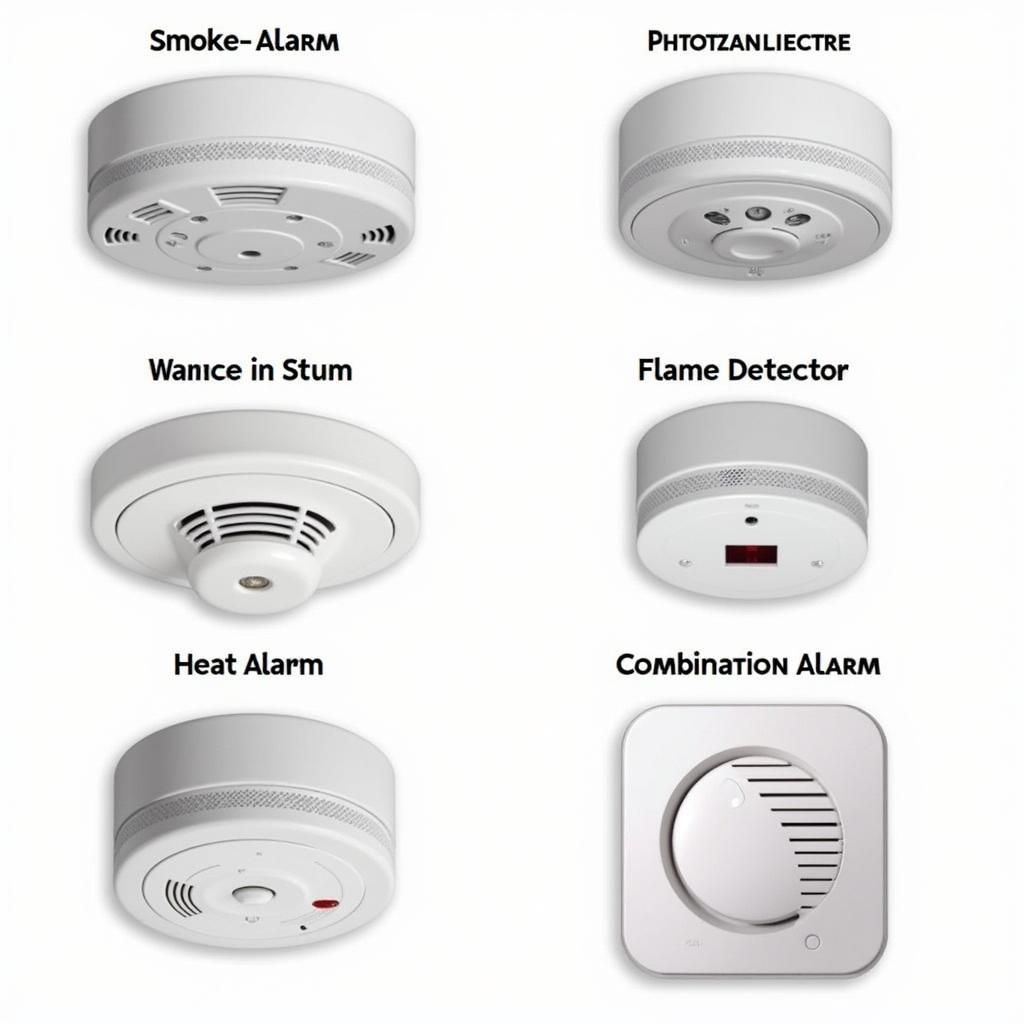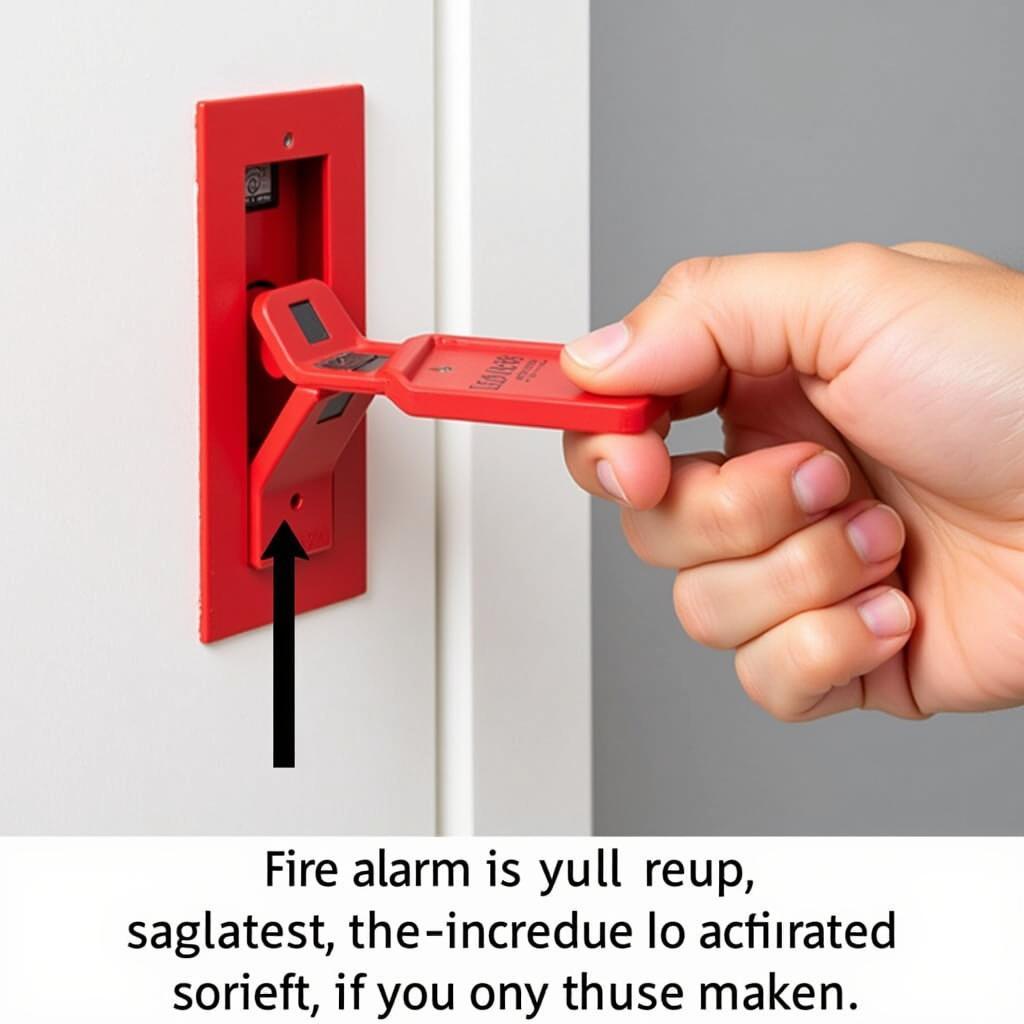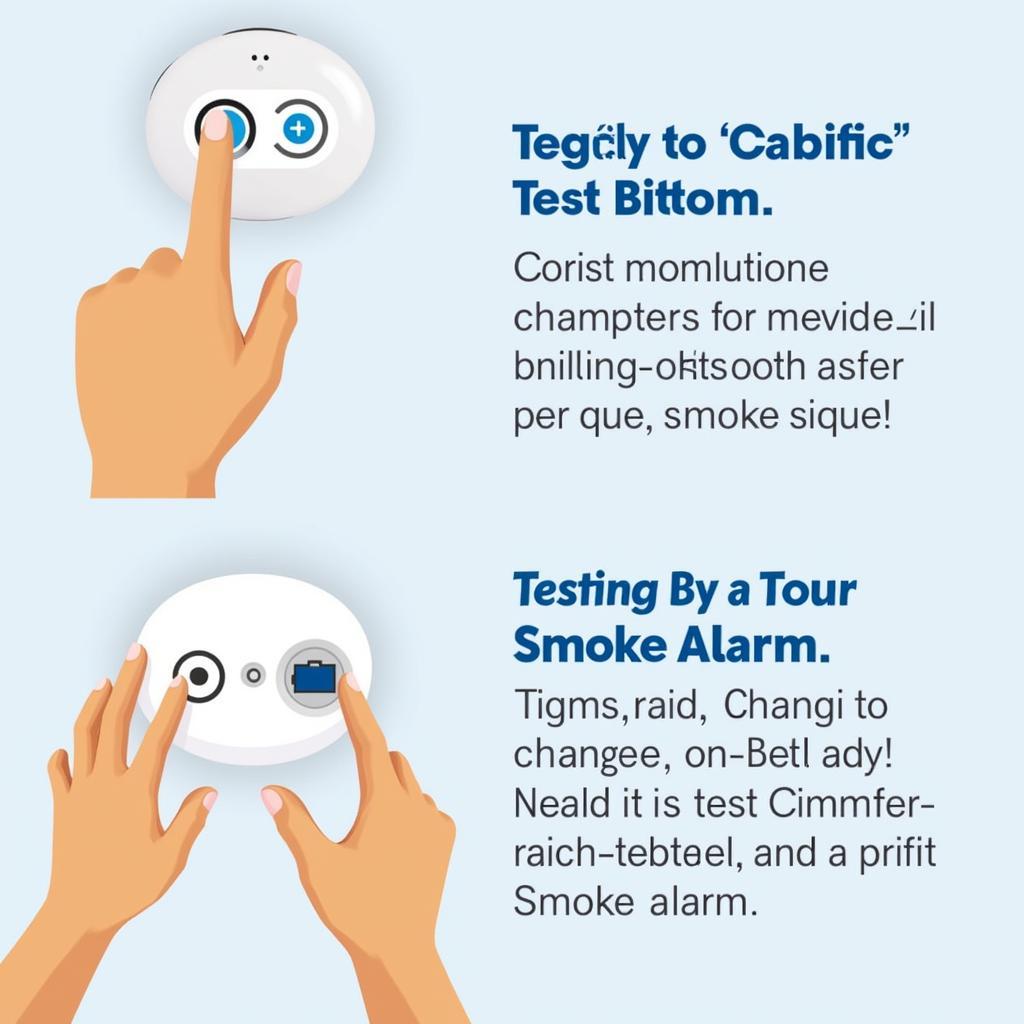Fire alarms are crucial life-saving devices, and knowing how to use them correctly can make all the difference in an emergency. Understanding their function, different types, and proper operation ensures you’re prepared to protect yourself and others.
Understanding Fire Alarms
Fire alarms are designed to detect the presence of fire and alert occupants to evacuate the building. They work by sensing smoke, heat, or flames, triggering a loud audible alarm to warn people of the danger. Different types of fire alarms exist, each with its specific mechanism for detecting fire.
Types of Fire Alarms
There are several types of fire alarms commonly used:
- Smoke Alarms: These detect smoke particles in the air, often using ionization or photoelectric technology. Ionization smoke alarms are generally more sensitive to fast-flaming fires, while photoelectric alarms are better at detecting smoldering fires.
- Heat Alarms: These alarms trigger when a specific temperature threshold is reached. They are suitable for areas where smoke detectors might be prone to false alarms, such as kitchens.
- Flame Detectors: These alarms detect the infrared or ultraviolet light emitted by flames, providing rapid detection of fires.
- Combination Alarms: These combine smoke and heat detection, offering broader protection.
- Carbon Monoxide (CO) Alarms: While not strictly fire alarms, CO alarms are crucial for detecting this odorless, colorless, and deadly gas, often produced by incomplete combustion.
 Different Types of Fire Alarms
Different Types of Fire Alarms
How to Use a Fire Alarm
Knowing how to use a fire alarm goes beyond simply pulling the lever or pressing the button. Understanding the specific procedures for your building is vital.
Activating a Fire Alarm
Most fire alarms have a pull station or a button that needs to be activated. Here’s a general guide:
- Locate the nearest fire alarm pull station: These are usually positioned near exits and stairwells.
- Break the glass or lift the cover (if applicable): Some pull stations have a protective cover to prevent accidental activation.
- Pull the lever or press the button firmly: This will activate the alarm system.
 Activating a Fire Alarm Pull Station
Activating a Fire Alarm Pull Station
What to Do After Activating the Alarm
Once the alarm has been activated, follow these steps:
- Evacuate the building immediately: Use the nearest designated exit route.
- Do not use elevators: Always use the stairs.
- Assemble at the designated meeting point: This allows emergency personnel to account for everyone.
- Do not re-enter the building: Wait for the all-clear from the fire department.
Maintaining Fire Alarms
Regular maintenance ensures your fire alarms are functioning correctly.
Testing Fire Alarms
Test your smoke alarms at least once a month by pressing the test button. Replace batteries annually or as recommended by the manufacturer.
Professional Inspection
It’s also recommended to have your fire alarm system professionally inspected annually. This ensures all components are working correctly and that the system complies with local regulations.
Fire Alarm FAQs
- How often should I test my smoke alarms? At least once a month.
- How often should I replace smoke alarm batteries? Annually or as recommended by the manufacturer.
- What should I do if my smoke alarm keeps going off? First, check for obvious sources of smoke or steam. If there are none, try cleaning the alarm. If it continues to go off, contact a qualified electrician.
- What is the difference between a fire alarm and a smoke detector? A smoke detector is a single device that detects smoke. A fire alarm is a system that may include multiple smoke detectors, heat detectors, and other components.
- Where should I install smoke alarms? Install smoke alarms on every level of your home, inside and outside each sleeping area.
Conclusion
Understanding how to use fire alarms is essential for everyone. Knowing the different types of alarms, how to activate them, and the importance of regular maintenance can save lives. By being prepared and informed, you can contribute to a safer environment for yourself and those around you. Remember, in a fire emergency, every second counts.
 Maintaining Fire Alarms
Maintaining Fire Alarms
For further support, please contact us at Phone Number: 0372960696, Email: TRAVELCAR[email protected] or visit our office at 260 Cau Giay, Hanoi. Our customer service team is available 24/7. We also offer 16-seater, 29-seater, and 45-seater vehicle rentals for tours, airport transfers, and other transportation needs. Explore our website for more information on Hanoi travel and our services.

